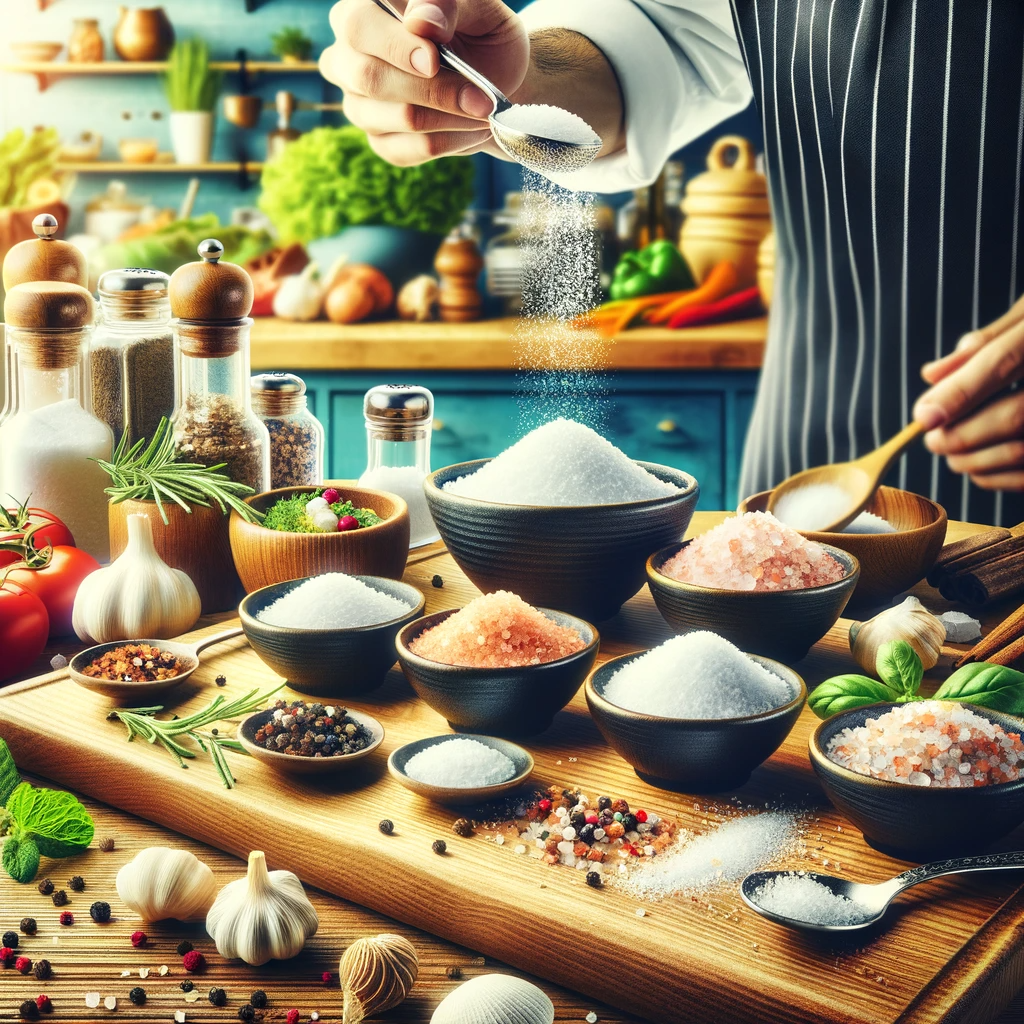Introduction: Cooking is both an art and a science, and one of the key factors that can make or break a dish is the accurate measurement of ingredients. Among the most crucial components in any recipe is salt. While it may seem simple, measuring salt accurately can greatly impact the taste and quality of your dishes. In this article, we will explore the best techniques to measure salt as an ingredient accurately and ensure your culinary creations are always on point.
1. Use a Kitchen Scale:
Investing in a good-quality kitchen scale is one of the most reliable methods for precise salt measurement. By weighing your salt, you can ensure consistent results every time. To measure accurately, place your container on the scale, tare it to zero, and then add the desired amount of salt.
2. Measuring Spoons:
Using measuring spoons is a convenient and readily available option for most home cooks. Remember to use dry measuring spoons for salt, not the ones used for liquid ingredients. Level off the salt in the spoon with a flat edge to get an accurate measurement.
3. Pinch and Fingertip Measurements:
For small quantities of salt, such as a pinch or a dash, rely on your senses and experience. A pinch of salt is generally equal to about 1/16 of a teaspoon, while a dash is approximately 1/8 of a teaspoon. Practice makes perfect, so over time, you’ll become more skilled at these intuitive measurements.
4. Be Mindful of the Type of Salt:
Different types of salt have varying densities. For example, table salt is finer and denser than kosher salt. So, if a recipe calls for a specific type of salt, make sure to use the right one. If you need to substitute, be aware that a teaspoon of table salt is saltier than a teaspoon of kosher salt.
5. Avoid Salting by Eye:
One common mistake in the kitchen is eyeballing the salt. This can lead to inconsistent results and dishes that are either too salty or not seasoned enough. It’s always better to measure precisely, especially in baking.
6. Consider the Dish’s Sensitivity:
Different recipes and dishes have varying sensitivity to salt. For instance, baked goods are often more precise in their salt requirements than savory stews. Take into account the sensitivity of the dish and adjust your measurements accordingly.
7. Taste and Adjust:
Lastly, always remember that your palate is your best tool for adjusting salt levels. Taste your dish as you cook and adjust the seasoning gradually. This allows you to tailor the saltiness to your personal preference and the dish’s requirements.
Conclusion: Accurate salt measurement is a fundamental skill in the kitchen, ensuring that your dishes are well-balanced and flavorful. Whether you prefer the precision of a kitchen scale or the convenience of measuring spoons, following these techniques to measure salt accurately will elevate your cooking to a whole new level. So, next time you step into the kitchen, be sure to pay attention to the salt, and your taste buds will thank you.
